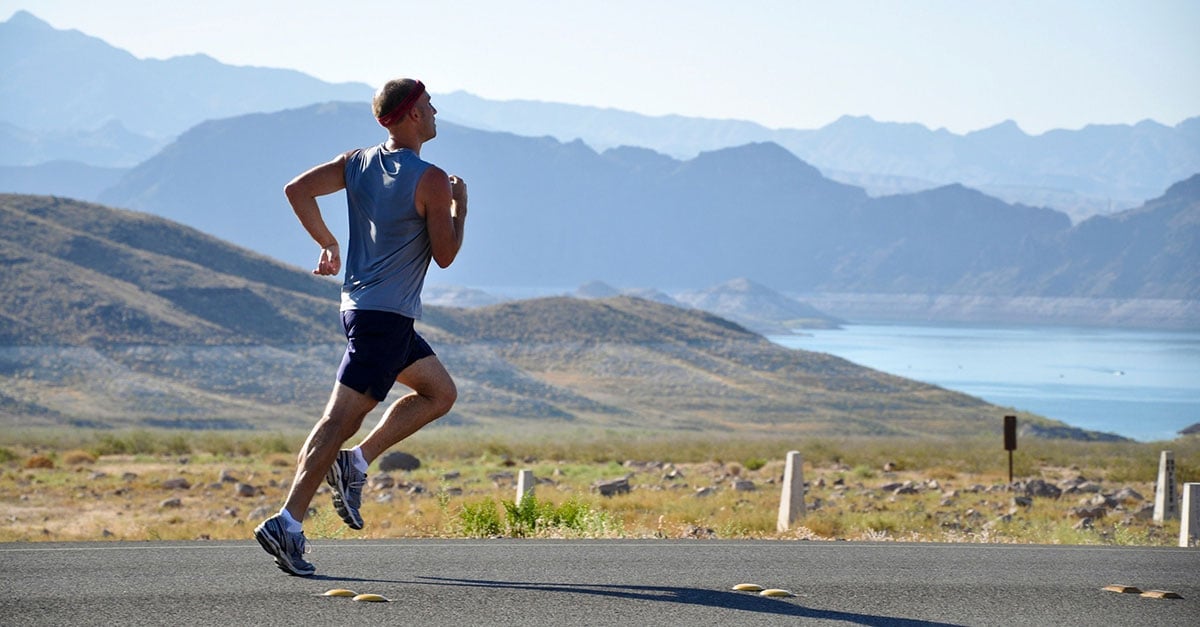
Sports has become more and more popular these years that it has gradually turn into a trend, a lifestyle. People go to the gym more often, attending marathons, go on hikes, cycling, or even sign up for triathlon competitions.
What’s up with people nowadays? Perhaps, along with the growing of the internet and social media, people’s awareness of health and fitness also increase simultaneously.
As we engage in all kinds of sports, somehow we tend to hurt ourselves by accident from time to time. So how should we prevent ourselves from getting injured? Or, if we really did injured ourselves during sports, how should we handle it and minimize the damage from the get go?
Prevention
- Warm up & Stretching
The concept of warming up before doing any exercise has already been planted deeply in our hearts. However, some might misunderstood “warming up” to “stretching”.
Warming up help increase blood flows, body temperature, and bring up one's heart rate. While stretching (dynamic stretching) is the step 2 after you’ve warmed up. Let’s put it this way, our muscles are like glass, it breaks easily when it’s cold. On the contrary, when you heat up the glass and increase its temperature, you could bend it into whatever shape you wish without breaking it.
There are various ways to warm up, such as jogging, fast walking, skipping rope, or even some jumping jacks. When you could feel your heart beating fast and your body temperature starts rising, it’s time to do some dynamic stretching. Likewise, remember to do some stretching (static stretching) after you finish exercise. These kinds of stretching after workouts could release the soreness and tension of your muscles.
Just keep in mind that before you do any exercise, simply take 5-10 minute to raise you body temperature so that your body would be ready for more vigorous activities.
- Protection Gears
Wearing protection gears might be the simplest way to avoid sport injuries. Such as wearing a helmet while biking, wearing knee pads while playing volleyball, wearing lace-up ankle braces to prevent ankle injuries while playing basketball...etc. These are the first line of defense against any sport injuries. Don’t give up on these protection gears just because you’re too lazy to wear them, they exist for a reason.
Similarly, as compression clothing pops out a few years ago and starts trending all around the world, it does help support the muscles in many ways. The tight fitting design improves blood circulations, reduce muscle vibration, and also help reduce lactic acid.
- Cross training
Cross training is a kind of training that involves several different forms of exercise. In other words, you’ll be able to train not only one specific part of your muscle but many different parts of your body. This prevents injuries from repetitive movements or overusing any specific parts of your muscles.
Mixing cardio and non cardio workouts is a great way for cross training as well. For example try to run on Monday, do weight lifting on Tuesday, go swimming on Wednesday, go cycling on Thursday, do yoga on Friday, and go on a hike on Saturday.
By doing cross training, you could be able to engage in different kinds of exercise that uses different parts of your muscles. This not only reduce the risk of injuries but also strengthen your whole body.
- Know your limits
Doing exercise is like drinking. First, you take a sip, trying to understand the taste of it. Then, you might started to drink more and more. Until one day, you’ve accidentally drank too much which leads to a hangover, a blackout, or an embarrassing story. That is when you realize where your limits are.
Knowing your limits could prevent you from getting hurt. Don’t take more than you could bear. Adding weights or strength little by little, your muscle takes time to adapt and build up. Don’t push yourself too hard, you might get opposite effect rather than building muscle tissue.
Treatment
Rest: Rest immediately when you hurt yourself. Don’t just ignore it and keep on doing whatever activity you’re in. Without rest, it might increase inflammation and swelling of the injury which leads to a more severe damage.
Ice: Ice therapy is the must do right after you hurt yourself. It reduce the the amount of bleeding around the area and also reduces lessen pain and swelling. Put the ice pack on for around 10-20 minutes and up to 3 times or more per day. In the first 48-72 hours, ice therapy is the perfect choice to restrain the swelling.
Compression: Wrapped the injury with bandage will limit its swelling and help support the damage tissue around the area. Remember not to wrap it too tight, it might cause more pain and swelling.
Elevation: Elevate your injury or sore area above the level of your heart to help minimize swelling. This allow gravity to provide a downward path to drain the excess fluid around the tissue back to the central circulation.
- Heat theropy
Heat have long been associated with comfort and relaxation, as heat therapy provide pain relief and healing by using heating pads or even hot wet towel.
Heat therapy is usual use after your swelling goes away. Usually 72 hours after your injury took place, or for old injuries as well. Heat is generally used to ease tight muscles and relief pain and stiffness. The deep heating effect increases your blood flow of oxygen and nutrients to the muscles, helping to heal the damaged tissue around injured area.
For minor injuries, heating for around 15-20 minutes per time should be sufficient. As for more severe pain and injuries, 30 minutes to and hour or more might be more beneficial.
Physical activities has gradually become a crucial part of our lives. As we try to stay fit and maintain a health life, it’s also important to take certain precautions to avoid getting hurt. Warming up, stretching, wearing protective gear, resting between workouts, and the most important part, “know your limits!”
Listen to your body more carefully to reduce the risk of sport injuries. If you really did got hurt, remember to follow the RICE treatment and rest as much as possible. Heat therapy will hit in during the recovery stage. After all, staying healthy is a must in life.
We aspire for better health for our readers, liberate them from their painful episodes, and empower them to pursue their goals and aspirations, and future endeavours pain-free.
Reference Source:
http://www.stretching-exercises-guide.com/static-stretches.html
https://greatist.com/fitness/full-body-dynamic-warm-up
https://www.verywellfit.com/cross-training-improves-fitness-and-reduces-injury-3120769


.png?width=512&name=united-kingdom%20(1).png)

